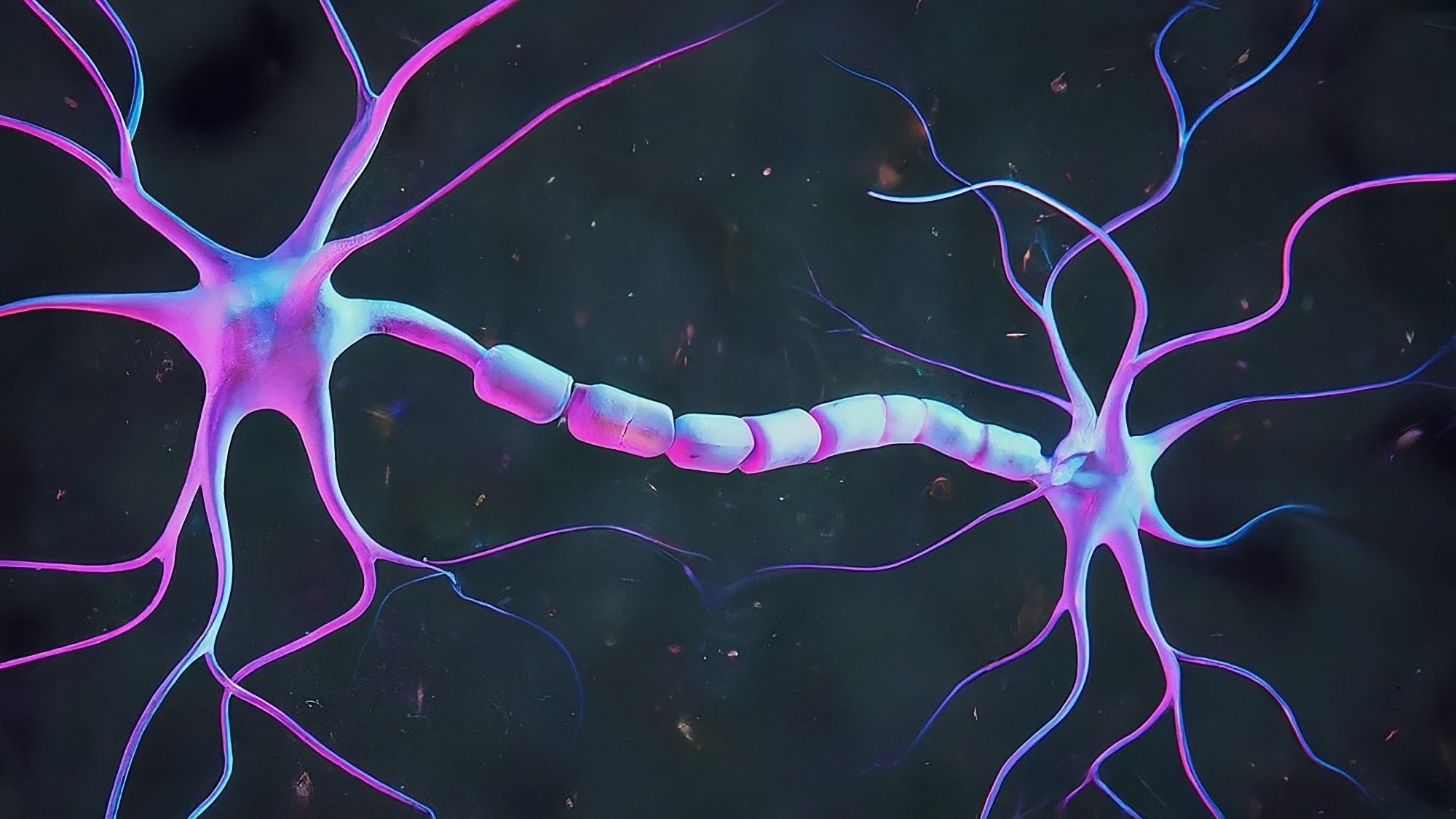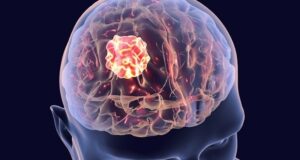New study reveals how the ketone body β-hydroxybutyrate can halt toxic protein buildup, paving the way for innovative therapies against Alzheimer’s and aging-related brain dysfunction.
 Study: β-hydroxybutyrate is a metabolic regulator of proteostasis in the aged and Alzheimer disease brain. Image Credit: Shutterstock AI
Study: β-hydroxybutyrate is a metabolic regulator of proteostasis in the aged and Alzheimer disease brain. Image Credit: Shutterstock AI
In a recent study published in the journal Chemistry & Biology, researchers from the Buck Institute for Research on Aging in the United States examined the influence of β-hydroxybutyrate (βHB), a ketone body, on protein homeostasis in aging and Alzheimer’s disease. They explored the role of βHB in regulating the solubility of unstable and misfolded proteins, specifically neurodegeneration-related proteins such as amyloid-β, across various models.
Background
Aging and Alzheimer’s disease are marked by disrupted protein homeostasis and brain energy metabolism, which contribute to the buildup of misfolded proteins such as tau and amyloid-β. These soluble oligomers can trigger toxic cascades, spreading through the brain and accelerating disease progression. Current therapeutic strategies, such as antibody treatments targeting amyloid-β oligomers, have shown modest success but fail to address the underlying mechanisms of protein homeostasis or proteostasis.
Ketone bodies, including βHB, are small metabolites produced during ketosis. Known for their roles in energy production, they also regulate cellular processes such as autophagy and inflammation. Emerging preclinical evidence suggests that βHB directly interacts with protein structures, selectively targeting and remodeling misfolded proteins. While ketogenic diets and exogenous ketones improve cognitive outcomes in Alzheimer’s disease and aging, the precise molecular mechanisms behind βHB’s effects on protein aggregation and clearance have been unclear until now.
About the study
The present study utilized in vitro, ex vivo, and in vivo experiments and models to investigate the effects of βHB on protein solubility and clearance mechanisms. The researchers first examined βHB’s capacity to induce protein insolubility using heat-misfolded bovine serum albumin as a model protein. This step revealed βHB’s ability to selectively bind misfolded proteins without covalent modification. Additionally, insolubility assays using varying concentrations of βHB and centrifugation were conducted to separate soluble from insoluble protein fractions.
The researchers also performed ex vivo experiments involving aged mouse brain lysates, in which they isolated cytosolic proteins to test the selective effects of βHB on misfolded proteins. The proteins were analyzed using mass spectrometry to identify βHB targets. Structural and functional insights were also obtained using thioflavin T fluorescence to measure the changes in β-sheet content, a structural hallmark of protein aggregation.
Additionally, in vivo studies were conducted in which aged mice were treated with the ketone ester bis-hexanoyl 1,3-butanediol (BH-BD) to elevate βHB levels. Furthermore, sequential detergent fractionation protocols were applied to brain samples to isolate the ‘insolublome’—the collection of insoluble proteins. The researchers also performed proteomic analyses to detect changes in protein solubility and identify enriched pathways.
Moreover, to test the functional consequences of βHB-induced insolubility, the researchers used Caenorhabditis elegans models engineered to express human amyloid-β. These assays tracked amyloid-induced paralysis and neurotoxicity to correlate structural protein changes with organismal health outcomes. Additionally, neuronal viability and amyloid aggregation were also measured in cultured neuroblastoma cells treated with βHB.
Finally, bioinformatics analyses provided a deeper understanding of molecular pathways and protein domains linked to the proteostatic effects of βHB, including its role in targeting neurodegeneration-related proteins for degradation. Together, these methods provided a comprehensive framework for exploring βHB’s potential as a modulator of proteostasis in aging and neurodegenerative diseases.
Results
The researchers found that βHB selectively regulates protein solubility, explicitly targeting the misfolded and aggregation-prone proteins associated with neurodegeneration. Using heat-misfolded bovine serum albumin, βHB was shown to induce protein insolubility without affecting pH or relying on covalent modifications. Furthermore, this effect was replicated in aged mouse brain lysates, where βHB selectively insolubilized neurodegeneration-related proteins, including amyloid-β.
Moreover, the proteomic analysis revealed that βHB-induced insolubility primarily affected proteins with specific structural domains linked to aggregation, such as β-sheets. Pathway enrichment analyses also highlighted the involvement of neurodegeneration-related processes and cellular protein degradation mechanisms, such as autophagy and ubiquitin-mediated proteolysis.
Furthermore, the in vivo experiments showed that ketone ester supplementation in aged mice elevated the βHB levels in the brain, which remodeled the brain insolublome. Sub-chronic βHB exposure facilitated the clearance of highly insoluble proteins from the brain, shifting them into less aggregated states and promoting their degradation. Notably, these changes were most pronounced in proteins linked to synaptic function and neurodegeneration.
Additionally, functional assays demonstrated that βHB reduced amyloid-β aggregation and cytotoxicity in neuroblastoma cells. In C. elegans models, βHB was found to ameliorate amyloid-induced paralysis and preserve neuronal integrity, supporting its therapeutic potential. These results confirmed that βHB’s protective effects were independent of ATP generation, establishing a distinct metabolic mechanism.
Conclusions
Overall, the study showed that βHB was an important regulator of protein homeostasis, specifically targeting misfolded and neurodegeneration-associated proteins. By inducing insolubility and promoting clearance, βHB was shown to provide a protective mechanism against pathological protein aggregation. These findings suggested that leveraging the proteostatic effects of βHB could serve as a promising strategy for addressing aging-related protein dysfunction and treating neurodegenerative conditions such as Alzheimer’s disease. The study highlights βHB’s potential for therapeutic development, although further research is required to fully understand its long-term implications in humans.
Journal reference:
- Madhavan, S. S., Diaz, R., Peralta, S., Nomura, M., King, C. D., Ceyhan, Kaya E, Lin, A., Bhaumik, D., Foulger, A. C., Shah, S., Blade, T., Gray, W., Chamoli, M., Eap, B., Panda, O., Diaz, D., Garcia, T. Y., Stubbs, B. J., Ulrich, S. M., & Lithgow, G. J. (n.d.). β-hydroxybutyrate is a metabolic regulator of proteostasis in the aged and Alzheimer’s disease brain. Chemistry & Biology. DOI: 10.1016/j.chembiol.2024.11.001, https://www.cell.com/cell-chemical-biology/fulltext/S2451-9456(24)00459-8




